Click below to listen to my 2 min. Garden Bite radio show: Watering tips for your lawn
We’ve had weather to melt the best of us! AND those who love lawns are looking at some brown, crunchy stuff already. New sod was laid last last year after the city redid my street… (rain garden in the background)
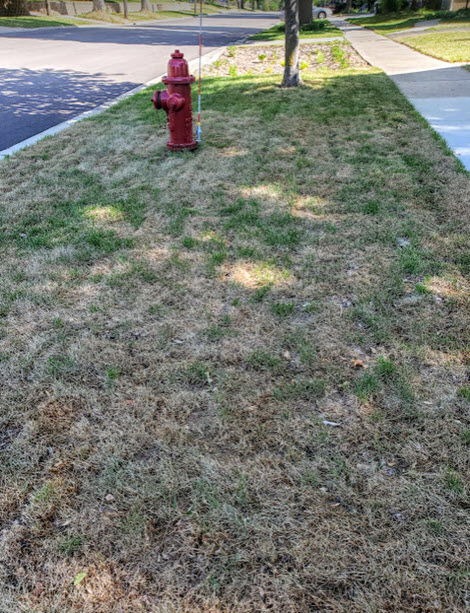
I admit I have a hard time wasting water on a lawn, but this looks bad. I’ve started to water it!
The University of MN Extension has some great ideas to train your lawn to be water-wise. Water lawns deeply and infrequently to encourage deep rooting. Shallow watering results in root growth in only the top few inches of the soil which means plants will be unable to survive hot dry conditions in mid-summer. Sounds simple, but pay attention to the weather.
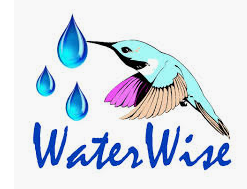
This unbelievable run of over 90 degree weather we’ve had in my area of southern Minnesota has been really hard on plants but especially on lawns.
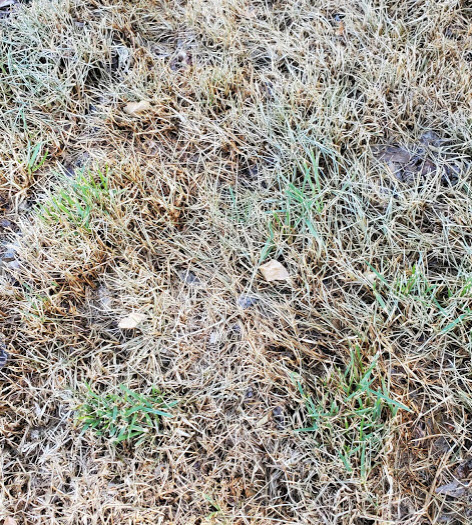
Don’t rely on the “set it and forget it” irrigation schedule programmed into most automatic controllers in the spring. There have been so many times that I’ve seen it pouring rain AND sprinkling too. That drives me crazy as it’s such a waste! Some grasses use less water and tolerate drought. Fescue species offer the best drought tolerance.
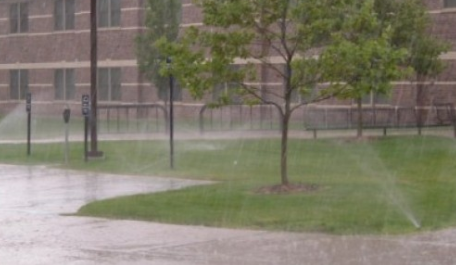
Fine fescues simply use less water, and tall fescue has a deep root system able to access more moisture.
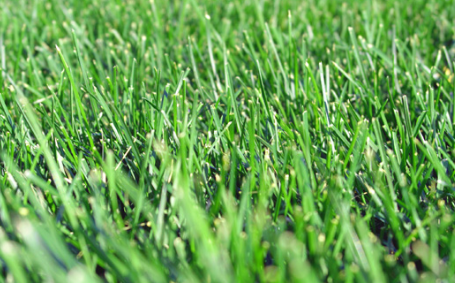

You could also use native grasses that are low mow and worry far less about wasting water, or go clover!!
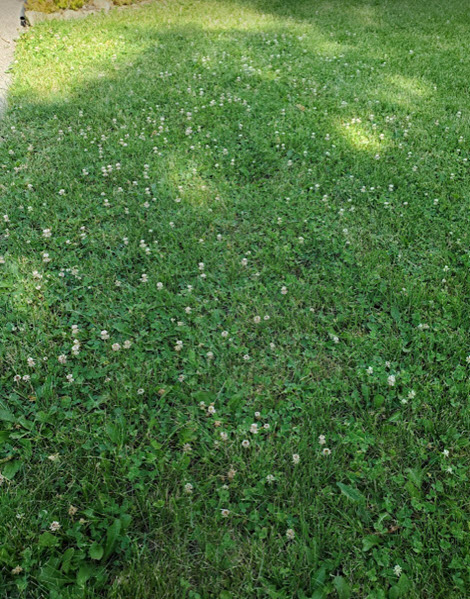
If not, adjust irrigation programs to conserve water, keep your lawn mowed to 3 inches or higher, it acts like mulch and improves soil while reducing weeds.
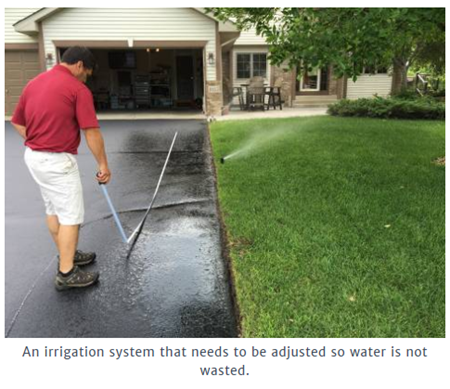
The other option, of course, is to skip the vast expanses of lawns and plant native plants. The State of Minnesota created a “Lawns to Legumes” program and you MAY be able to benefit from some dollars available. You need to check out the information yourself.
